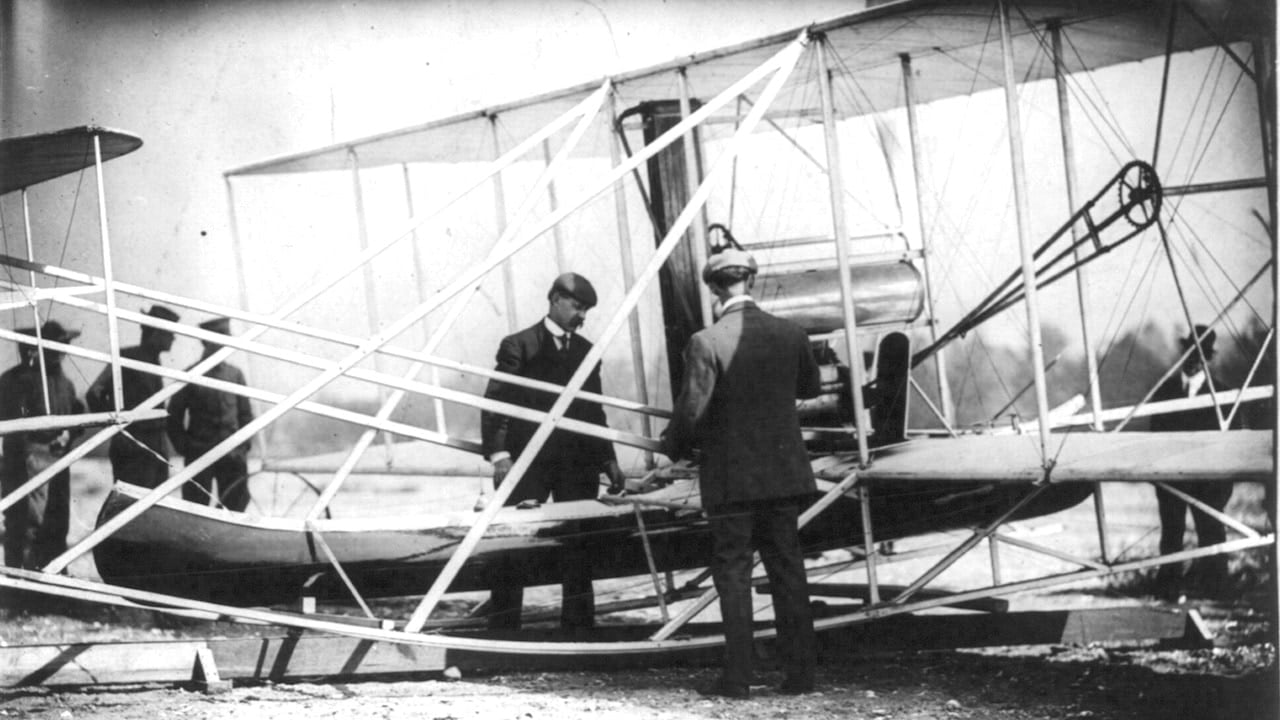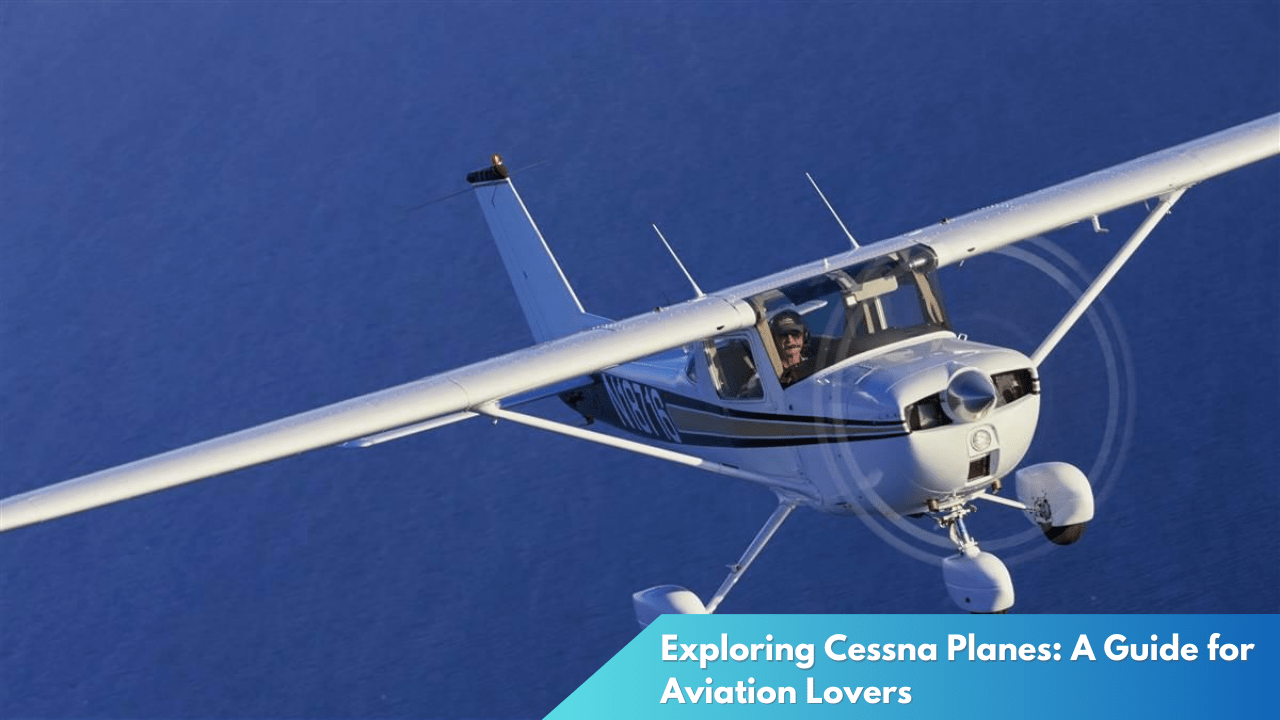Tracing Light Aviation: History and Modern Innovations
The world of aviation has long captivated human imagination, from the groundbreaking flights of the early 20th century to the sophisticated technologies of today. Light aviation, in particular, has played a pivotal role in making the skies more accessible to enthusiasts and professionals alike. This article delves into the historical beginnings of light aviation and explores the modern innovations that continue to shape this dynamic sector of the aerospace industry.
The Dawn of Light Aviation: A Historical Overview

Light aviation traces its roots back to the early 1900s, a period marked by significant experimentation and rapid advancements in aircraft design. The Wright brothers’ first powered flight in 1903 set the stage for the exploration of lighter and more agile aircraft. These early aircraft, often referred to as “light planes,” were initially developed for recreational use, with inventors and aviation enthusiasts eager to explore the skies. The post-World War I era saw a surge in the popularity of these aircraft, as surplus military planes were adapted for civilian use, laying the groundwork for the burgeoning light aviation industry.
The interwar years were a fertile period for light aviation, characterized by remarkable technological advancements and the establishment of pioneering aviation companies. Key players such as Piper Aircraft and Cessna began to design and produce aircraft that were not only accessible to private pilots but also increasingly reliable and easy to maintain. These developments democratized flying, allowing more people to experience the thrill of aviation and contributing to a growing community of pilots and aviation enthusiasts.
As World War II concluded, the demand for light aircraft soared, driven by returning veterans who had gained piloting experience during the conflict. The post-war economy facilitated the growth of private flying, making light aviation more popular than ever. During this time, light aircraft began to find applications beyond recreation, including flight training, aerial photography, and agricultural operations. This period laid the foundation for the diverse uses of light aircraft that we see today.
Modern Innovations Shaping Light Aircraft Today

Today, light aviation continues to evolve, driven by cutting-edge innovations that enhance performance, safety, and sustainability. One of the most significant advancements in recent years has been the integration of advanced avionics systems. Modern light aircraft are equipped with digital displays, GPS navigation, and autopilot capabilities, which enhance situational awareness and reduce pilot workload. These technologies not only make flying safer but also more accessible, as they allow even novice pilots to navigate with ease and confidence.
The advent of electric propulsion is another transformative development in light aviation. Electric aircraft are gaining popularity for their environmental benefits, including reduced carbon emissions and noise pollution. Companies such as Pipistrel and Eviation are pioneering this technology, developing electric planes that promise to revolutionize the way we think about light aviation. With improved battery technologies and increasing regulatory support, electric aircraft are poised to become a mainstay in the industry, offering a sustainable alternative to traditional fuel-powered planes.
In addition to technological advancements, light aviation is also witnessing innovations in materials and construction techniques. The use of composite materials, such as carbon fiber, has become increasingly common, resulting in aircraft that are lighter, stronger, and more fuel-efficient. These materials not only improve the performance and durability of light aircraft but also reduce manufacturing costs, making them more accessible to a broader audience. As these innovations continue to unfold, the future of light aviation looks promising, with endless possibilities for growth and development.
Tracing the evolution of light aviation reveals a rich tapestry of human ingenuity and technological progress. From its humble beginnings in the early 20th century to the high-tech, sustainable innovations of today, light aviation has continually adapted to meet the needs and aspirations of pilots and enthusiasts worldwide. As we look to the future, it is evident that light aviation will continue to play a vital role in the broader aerospace industry, offering exciting opportunities for exploration and discovery in the skies above.



